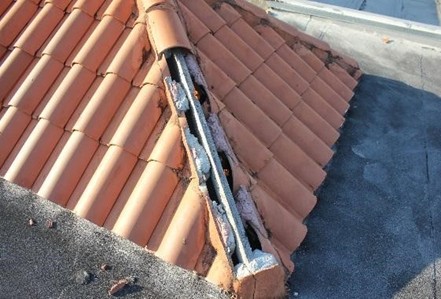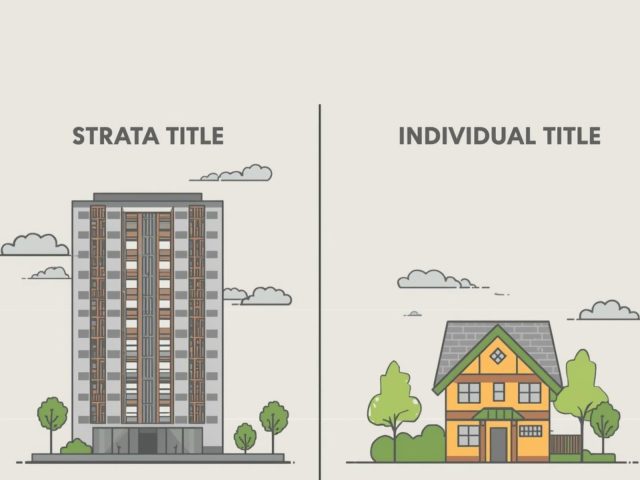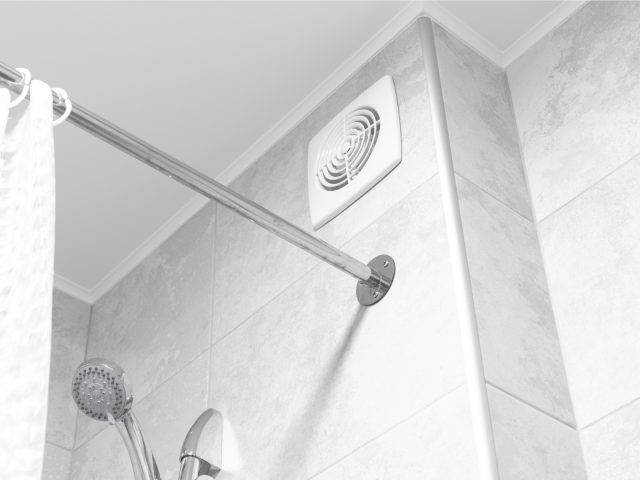Blog
Introduction
Staying proactive with home maintenance through simple, regular inspections can prevent minor issues from escalating into costly repairs. By routinely checking major areas such as the roof, walls, plumbing, and drainage, homeowners can detect early warning signs of problems like water leaking, roof damage, wall cracks, clogged drainage, and moisture intrusion. Many of these early-stage issues, if neglected, may eventually require more advanced solutions such as waterproofing repair, PU injection, grouting, or the assistance of a repair specialist or waterproofing contractor. This guide highlights easy inspections you can safely perform yourself, while also helping you understand when it is necessary to call in a professional for more complex repairs.
Inspection Parts
- Roof Inspection
A roofing inspection involves a thorough examination to ascertain any condition that may predispose the roof to problems or damages, the areas that need repairs [1]. The roof acts as a primary defence for your home against the elements, even minor issues can lead to leaking and structural damage.
Start by checking for cracked, curled, or missing shingles that can allow water to seep through. Look for debris such as leaves or branches, as they will retain moisture and may cause rotting. Next, check for rust or gaps in the metal flashing around chimneys, vents, or skylights that could cause leaks. If you have asphalt shingle roofs, inspect the gutters for granules that may be excessive, indicating shingle wear.For safer inspections, use binoculars from the ground or climb up a sturdy ladder with safety precautions. Inspecting the roof after the storm is the best, as wind or hail can do instant damage, especially in susceptible areas like valleys or edges. If you notice missing shingles, damaged flashing, or any sign of water leaks, such as water stains on ceilings, you should immediately call a roofing contractor as these are signs that require professional repairs. Figure 1 below shows missing tiles during a roof inspection.
 Figure 1: Missing tiles during a roof inspection [2]
Figure 1: Missing tiles during a roof inspection [2] - Wall Inspection
A wall inspection involves evaluating the state of both interior and exterior walls to check for possible defects such as cracks, damage, or structural issues [3]. The walls of your house, can serve as early indications of underlying structural or water problems.
On the exterior walls, examine materials like brick, siding, or stucco for signs of cracking, peeling paint, or loose areas. For interior walls, particularly in bathrooms or basements where mold is more likely to develop, look for bubbling or discolored paint, softness, or musty odors.
While hairline cracks in drywall are typically normal result of settling, cracks wider than a quarter-inch can indicate foundation issues. Take a walk around your home’s exterior, especially near corners and downspout locations, and use a flashlight to examine interior walls in wet areas. Gently tapping walls will reveal soft or hollow spots. In case you see major cracks, persistent dampness, or mould, it is advisable to contact a structural engineer or water damage professional for immediate help. - Plumbing Inspection
A plumbing inspection is a comprehensive evaluation of a property’s plumbing infrastructure, including pipes, fixtures, and appliances, designed to identify potential issues and ensure everything is functioning properly [4]. Leaks, if undetected, can cause colossal damage, so a prompt inspection can help you stay ahead of any problems.
When inspecting, look behind kitchen sinks and bathroom sinks for water marks, puddles, or mould on cabinets, which could indicate leaks. Around toilets, check for water pooling at the base or spongy flooring which might suggest a poor seal. Check faucets for leaks since small leaks can waste water and damage fixtures.
Low or uneven water pressure may indicate blocked pipes or hidden leaks. Run faucets and flush toilets and listen for unusual sounds, and inspect exposed pipes in basements or crawl spaces for signs of leaks or rust. Additionally, keep an eye on your water bill for sudden and unexpected spikes, which might indicate a concealed leak.
If you encounter persistent leaks, low water pressure, or water damage, it’s best to contact a licensed plumber, who has specialised equipment at their disposal to address complex issues such as problems with the sewerage system. - Drainage System Inspection
Drainage system inspection involves examining a drainage system to ascertain whether it has any issues like blockage or leakage [5]. Proper drainage prevents water damage to your home foundation and landscaping.
After rainfall, check for standing water around your foundation, as prolonged exposure can weaken it over time. Ensure that the ground slopes away from your home to direct water flow elsewhere. In addition, inspect gutters and downspouts for obstructions such as leaves, which can cause jams and overflow, besides making sure downspouts direct water at least five feet away from your house.
If you have a sump pump, test it by adding water to the pit to ensure that it activates. Clean your gutters every season, particularly in the autumn, to keep things flowing. If you notice cracked gutters, standing water near the foundation, or a broken sump pump, have a gutter professional or a drainage contractor examine it. Addressing groundwater damage early can involve solutions such as regrading the landscape.
Knowing When to Call a Professional
While home inspections are valuable for maintaining your house, they cannot replace the expertise of a professional. If you notice some serious issues, like a big crack in the wall, leaks in various areas, or inadequate drainage, it is essential to contact a licensed contractor to evaluate the situation properly. Most of these types of issues will require specialized expertise or equipment for proper resolution.
Conclusion
Regular inspections of your roof, walls, plumbing, and drainage are simple steps that can help you detect early signs of damage before they worsen into major structural or waterproofing failures. By staying alert to symptoms such as roof leaking, wall cracks, damp patches, or poor drainage, you can avoid costly repairs that may later require specialist solutions like PU injection, waterproofing repair, grouting, or professional water leaking repair services. While these DIY checks are valuable for maintaining your home’s condition, they cannot replace the expertise of trained contractors when problems become serious. When in doubt, always consult a qualified repair specialist or waterproofing contractor to ensure your home remains safe, structurally sound, and well-protected in the long term.
References
[1] Owens Corning. (2023). Roofing inspection guide. Retrieved on 29th October 2023 from https://www.owenscorning.com/en-us/roofing/blog/roof-inspection/
[2] Arratia, S. G. (2020). Identifying damage to concrete and clay roof tiles. Retrieved on 29th October 2023 from https://www.edtengineers.com/blog-post/identifying-damage-concrete-and-clay-roof-tiles/
[3] MaintainX. (2022). Exterior wall maintenance Inspection Checklist. Retrieved on 29th October 2023 from https://www.getmaintainx.com/procedures/d/w6e1uWkNBDo/exterior-wall-maintenance-inspection-checklist/
[4] O’Hara, J. (2018). Why plumbing inspections are so important. Retrieved on 29th October 2023 from https://www.nicksplumbing.com/why-plumbing-inspections-are-so-important/
[5] Drain Doctor. (n.d.). CCTV Drain Survey | CCTV Drain Inspection. Retrieved on 29th October 2023 fromfrom https://www.draindoctor.co.uk/drainage/drain-survey/
Categories
Archives
- June 2024
- January 2024
- December 2023
- November 2023
- October 2023
- September 2023
- August 2023
- July 2023
- June 2023
- May 2023
- April 2023
- March 2023
- February 2023
- July 2022
- November 2021
- October 2021
- September 2021
- August 2021
- July 2021
- June 2021
- May 2021
- April 2021
- March 2021
- February 2021
- January 2021
- December 2020
- November 2020
- October 2020
- September 2020
- August 2020
- July 2020
- June 2020



